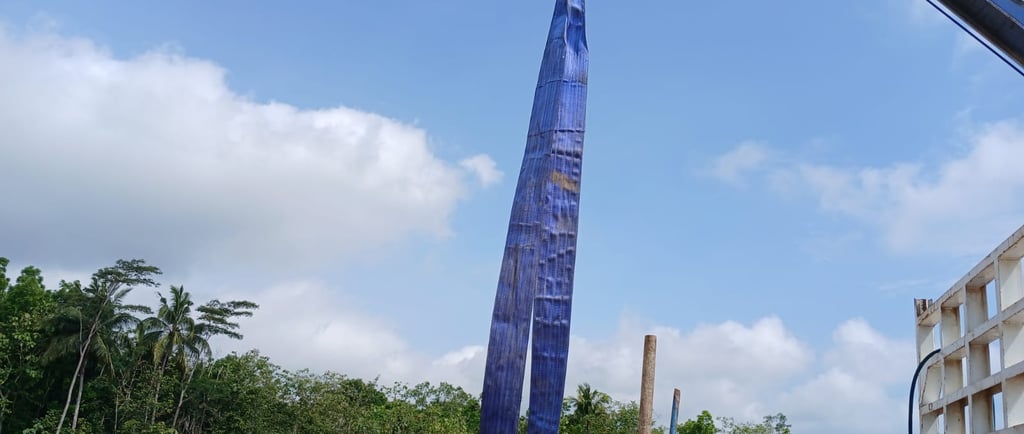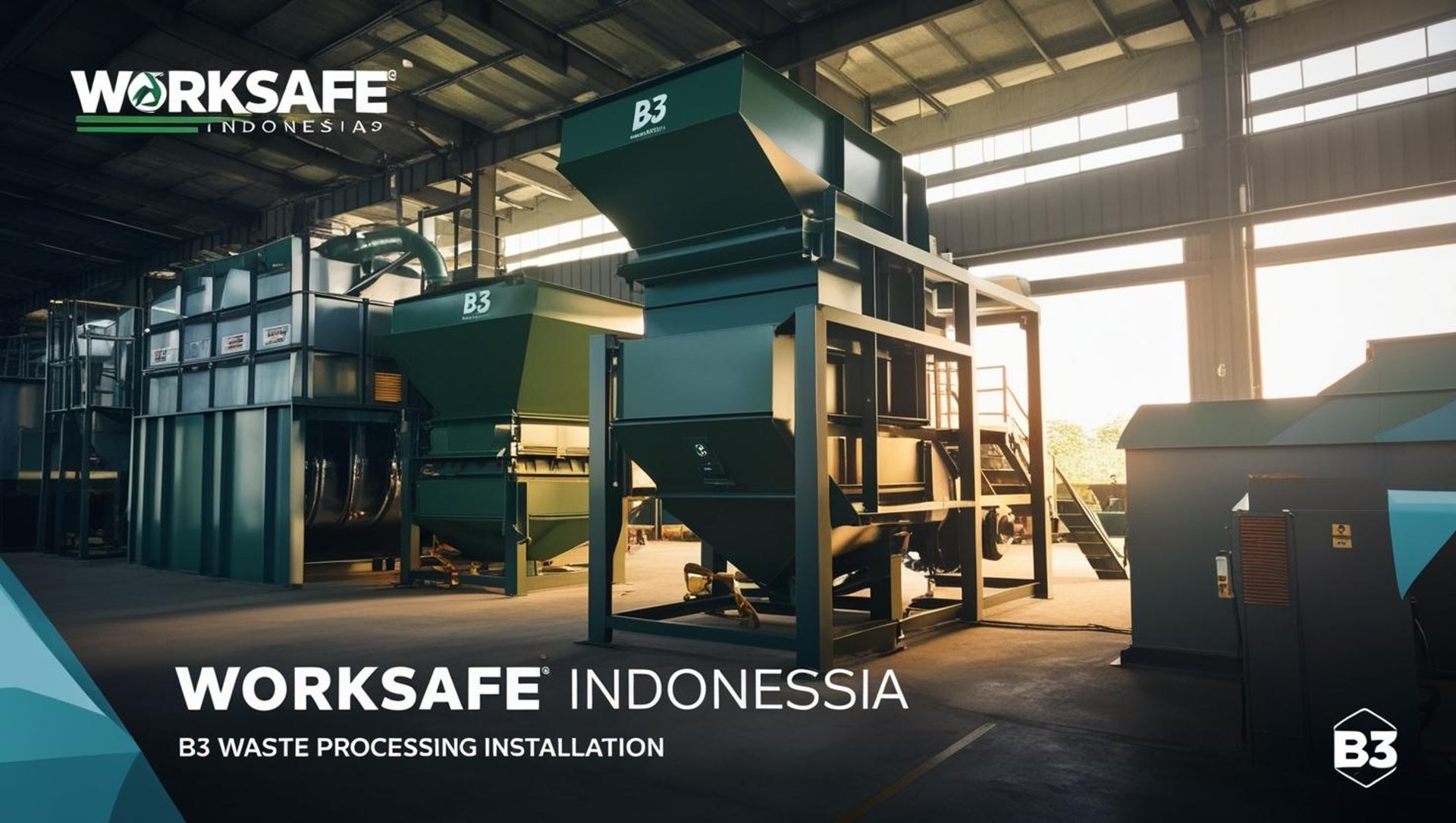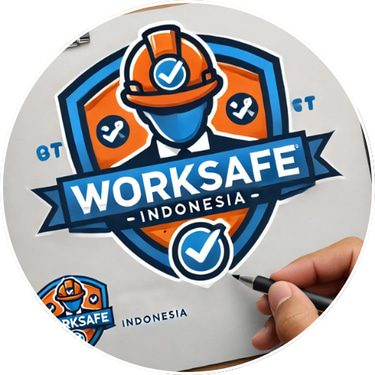
Promoting All About Safety, Health and Environmental
Webbing Slings: Types, Functions, and Safety Guidelines for Safe Lifting
SAFETY
Septian Indra
7/10/20252 min read


Webbing Slings: Types, Functions, and Safety Guidelines for Safe Lifting
📅 Worksafe Indonesia
What Is a Webbing Sling?
A webbing sling is a crucial piece of lifting equipment commonly used across industries such as construction, logistics, and manufacturing. Made from high-strength synthetic fibers like polyester or nylon, webbing slings offer flexibility, durability, and ease of handling—making them ideal for lifting heavy or sensitive loads.
Compared to traditional steel wire slings, webbing slings are lightweight and less abrasive, reducing the risk of damage to the load. Their broad, flat surface allows for even weight distribution, ensuring a safer and more stable lift.
Types of Webbing Slings
Choosing the right type of sling is essential for safety and efficiency. Below are the most commonly used types of webbing slings:
1. Flat Slings
Feature a flat design with no fixed ends.
Provide a wide and stable lifting surface.
Often used in choker or basket rigging methods.
2. Round Slings
Made in a tubular form filled with flexible fibers.
Ideal for irregular or sharp-edged loads.
Offer enhanced protection and flexibility.
3. Endless Slings
A continuous loop with no fixed ends.
Highly adaptable to various rigging configurations.
Cost-effective and long-lasting due to rotatable use.
🔍 Note: Always consider the load’s weight, shape, and lifting points before selecting a sling type.
Safety Guidelines for Using Webbing Slings
Safety should always be the top priority during lifting operations. Here are essential safety guidelines when using webbing slings:
✅ 1. Inspect Before Each Use
Always conduct a thorough inspection before using a sling. Look for signs of wear, fraying, cuts, broken stitching, or chemical damage. Do not use damaged slings.
✅ 2. Adhere to Load Limits
Every sling has a designated Working Load Limit (WLL). Never exceed this limit, as it can cause sling failure and workplace accidents.
✅ 3. Use Proper Rigging Techniques
Select the correct rigging method for the load—choker, basket, or straight lift—and ensure it is balanced and secured.
✅ 4. Avoid Sharp Edges
Protect the sling from contact with sharp corners or edges. Use corner protectors or padding to prevent cuts and abrasion.
✅ 5. Ensure Proper Training
Only certified and trained personnel should handle webbing slings. Proper knowledge reduces human error and enhances workplace safety.
Conclusion
Webbing slings offer an efficient and versatile solution for lifting tasks across various industries. However, safety must remain the priority. By selecting the appropriate sling, using correct rigging techniques, and performing regular inspections, you can significantly reduce risks and create a safer work environment.
📚 Explore more safety insights and lifting equipment tips at WorksafeIndonesia.com
Your trusted resource for workplace safety, training, and industry updates.

